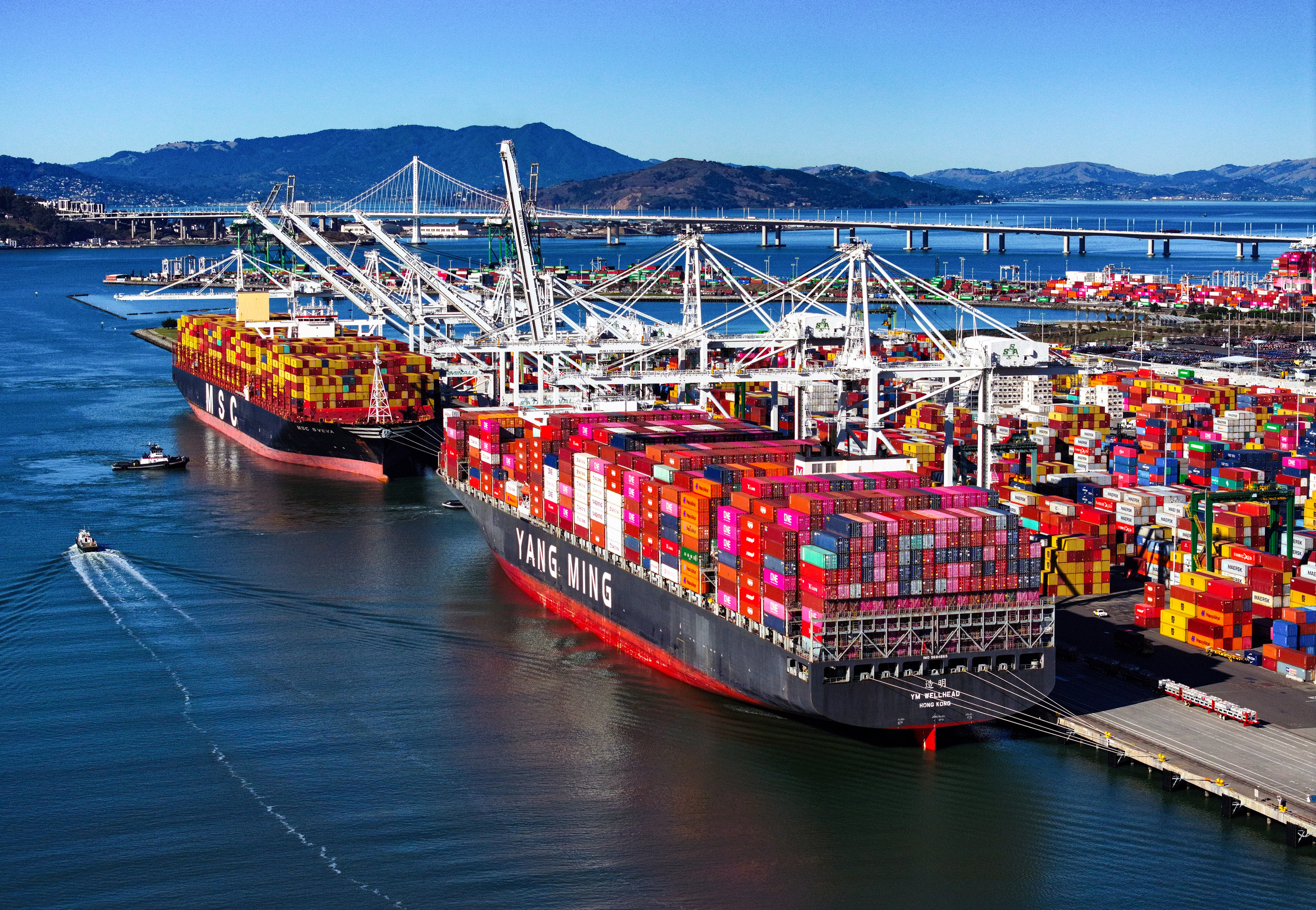President Donald Trump is using tariffs—essentially taxes paid by foreign companies to access the U.S. market—as a primary tool to achieve his America First agenda. And it has delivered results for him so far.
“I have decided, for purposes of fairness, that I will charge a reciprocal tariff meeting whatever countries charge the United States of America,” he said. “We will charge them no more, no less.”
He added that other countries usually charge more tariffs than the United States and that “those days are over.”
The president instructed agencies to determine reciprocal tariffs for each country, weighing factors such as tariffs, value added taxes, local subsidies, and regulations that make it difficult for U.S. businesses to overcome trade barriers, and currency devaluation that makes U.S. goods more expensive.
At a press call on Feb. 13, a senior White House official said the United States’ trading partners have different ways, “like fingerprints,” to impose unfair barriers for U.S. products to enter their markets. The official noted that while India’s tariffs are “some of the highest in the world,” Japan, which charges relatively low tariff rates, instead has high structural obstacles such as taxes and regulations.
Vehicles
The White House official singled out the European Union regarding trade imbalances on cars. In addition to charging a tariff quadruple what the United States charges the EU, the latter also imposes an additional value-added tax on U.S. exports, ranging from 17 percent to 27 percent, depending on the specific destination country.The United States pays a higher tax to enter foreign markets and buys much more from them. China, the UK, and India pay a 2.5 percent tariff to sell their cars to the United States. By contrast, they charge 15 percent, 10 percent, and 125 percent on similar products from the United States.

Currently, Chinese-branded cars are not available in the U.S. market. Volvo, which is owned by Geely, a Chinese company, has a very small market share. However, Chinese auto parts companies are increasing their presence in Mexico, a country that enjoys zero tariffs under the current free trade agreement with the United States.
Steel
On Feb. 10, Trump announced 25 percent tariffs on all steel imports, ending previous exemptions for countries including Canada and Mexico. He also increased the duty on aluminum more than twofold, from 10 percent to 25 percent. The tariffs will take effect on March 12.The 25 percent tariff on steel is meant to protect the U.S. domestic industry from China.
Even though China doesn’t directly export much steel to the United States, the secondary impact of cheap Chinese steel flooding the global market harms U.S. domestic producers.
Trump initially imposed 25 percent tariffs on steel during his first term in 2018, but exemptions granted since then had effectively canceled the effect of the measures. Those tariffs were imposed under Section 232 of the Trade Expansion Act of 1962 over national security concerns.

The recent measure ended all exemptions, and Trump said the administration will also “crack down on tariff misclassification and duty evasion schemes.”
According to WTO trade data, the de facto tariffs on U.S. steel imports under Section 232 were nearly zero on shipments from major origins, such as the EU, China, Japan, and India.
With the new changes, the free trade agreement among the United States, Canada, and Mexico will no longer apply to steel imports. Separately negotiated duty-free quotas with the EU, UK, and Japan will also cease to be effective.
The announced 25 percent tariffs don’t apply to all steel products but only to specific products defined under Section 232 in 2018.














